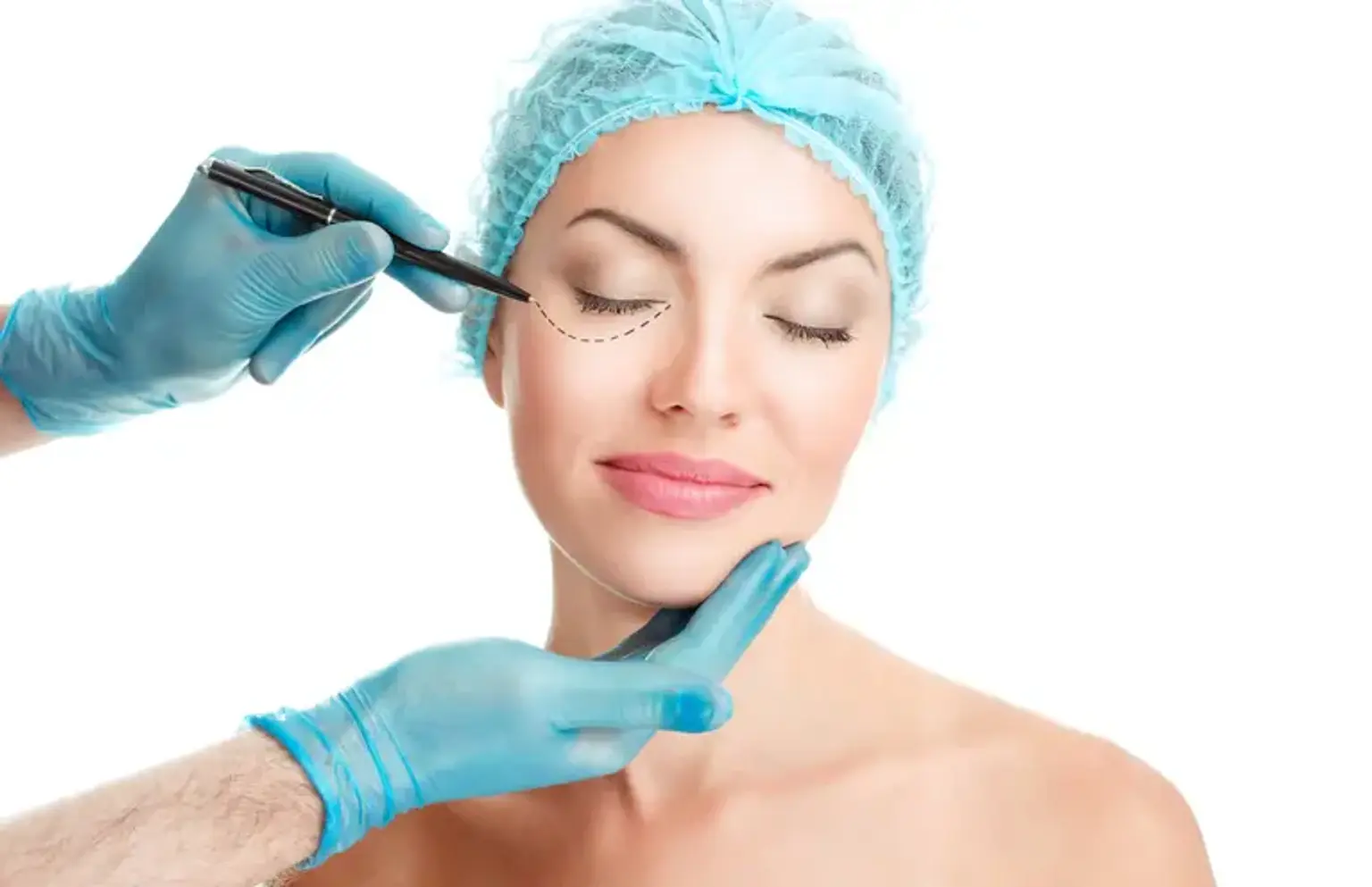Introduction
Eyelid surgery, medically known as blepharoplasty, is one of the most popular cosmetic procedures performed globally. As we age, the skin around our eyes can begin to sag, resulting in droopy eyelids, puffiness, and under-eye bags. These issues can not only affect one's appearance but may also interfere with vision. Blepharoplasty is designed to address these concerns by removing excess skin, fat, and sometimes muscle from the upper and/or lower eyelids, offering a more youthful, rejuvenated look.
Eyelid surgery has surged in popularity for its relatively quick recovery time and dramatic effects. It’s not only sought by those wanting to en
hance their appearance but also by individuals seeking relief from functional issues caused by excess eyelid skin. This surgery offers both aesthetic and functional benefits, improving self-esteem and quality of life for countless patients worldwide.
What is Blepharoplasty?
Blepharoplasty is a surgical procedure aimed at improving the appearance of the eyelids. There are two main types: upper eyelid surgery and lower eyelid surgery.
Upper blepharoplasty focuses on the removal of excess skin or fat from the upper eyelids, which can create a tired or aged look. In some cases, it can also help address vision problems caused by heavy, drooping eyelids.
Lower blepharoplasty targets the under-eye area, removing or repositioning excess fat and skin, which can help reduce puffiness or “bags” under the eyes.
In both procedures, the surgeon works to restore a more youthful and alert look by carefully sculpting the eyelid area to achieve natural-looking results. Blepharoplasty can also be performed as a standalone procedure or in combination with other treatments, such as brow lifts or facelifts, to achieve a more harmonious facial rejuvenation.
